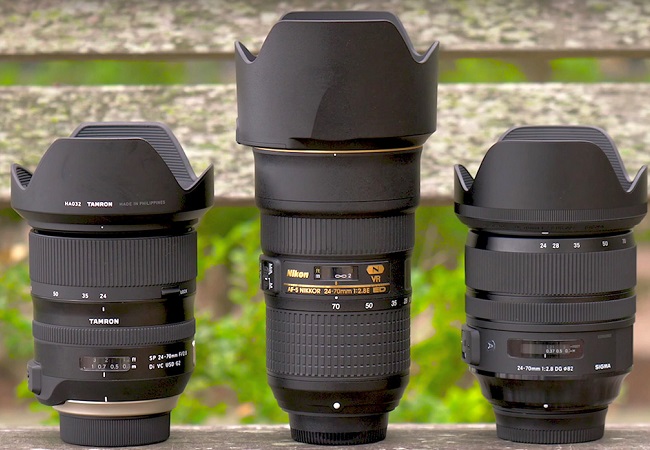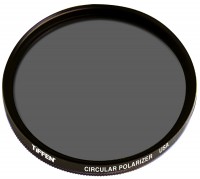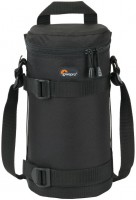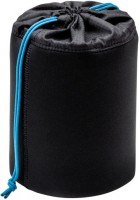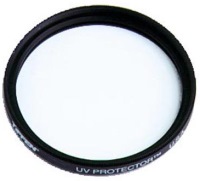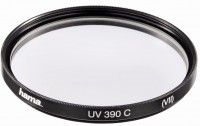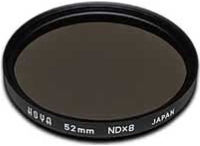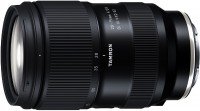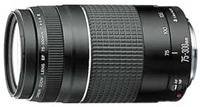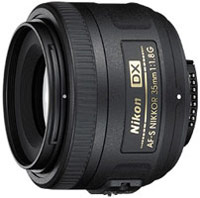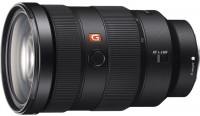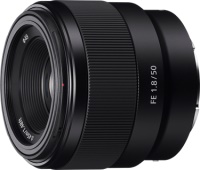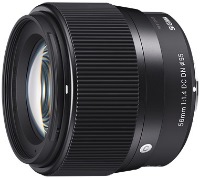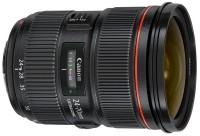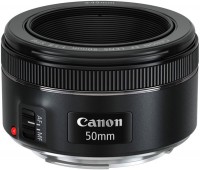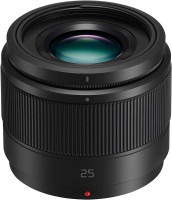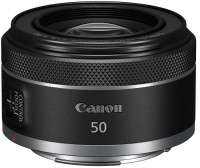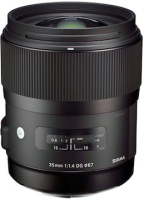Sigma 28-70mm f/2.8 AF EX DG
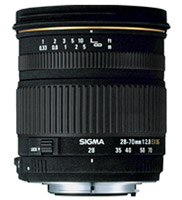 | Expecting restock $190.00 Mount: Canon EF; Nikon F; Pentax K; Sigma SA; Sony A; Focal length (mm): 28 - 70; Aperture value: f/2.8; Diaphragm, min: 22; Minimum focus distance (m): 0.33; Sensor size: full frame/APS-C; Autofocus drive: is absent; AF drive (screw driven); Internal focus; Filter diameter (mm): 67; Dimensions (diameter/length) (mm): 74x87.2 |
Sigma 28-70mm f/2.8 AF EX DG | |||||||||||||||||||||||||||||||||||||
| |||||||||||||||||||||||||||||||||||||
The information in the model description is for reference purposes.
Always clarify the specifications and configuration of the product with the online store manager before purchasing.
Catalog Sigma 2025 - new arrivals, bestsellers, and the most relevant models Sigma.
Always clarify the specifications and configuration of the product with the online store manager before purchasing.
Catalog Sigma 2025 - new arrivals, bestsellers, and the most relevant models Sigma.
Short description:
Compact, fast lens optimized for use with digital cameras. Regardless of the focal length, the lens provides a constant aperture of F2.8, the minimum focus distance is also unchanged and is 33 cm at any focal length, which gives an increase of up to 1:4.4. Thanks to the use of two elements of low dispersion glass (SLD, Special Low Dispersion) and four aspherical lenses in the optical scheme, the lens guarantees excellent correction of distortion and all types of aberrations. When focus, the front lens group does not rotate, which allows the use of circular polarizing filters and a petal hood, which effectively eliminates stray light.
Compact, fast lens optimized for use with digital cameras. Regardless of the focal length, the lens provides a constant aperture of F2.8, the minimum focus distance is also unchanged and is 33 cm at any focal length, which gives an increase of up to 1:4.4. Thanks to the use of two elements of low dispersion glass (SLD, Special Low Dispersion) and four aspherical lenses in the optical scheme, the lens guarantees excellent correction of distortion and all types of aberrations. When focus, the front lens group does not rotate, which allows the use of circular polarizing filters and a petal hood, which effectively eliminates stray light.
We recommendCompare using chart →



